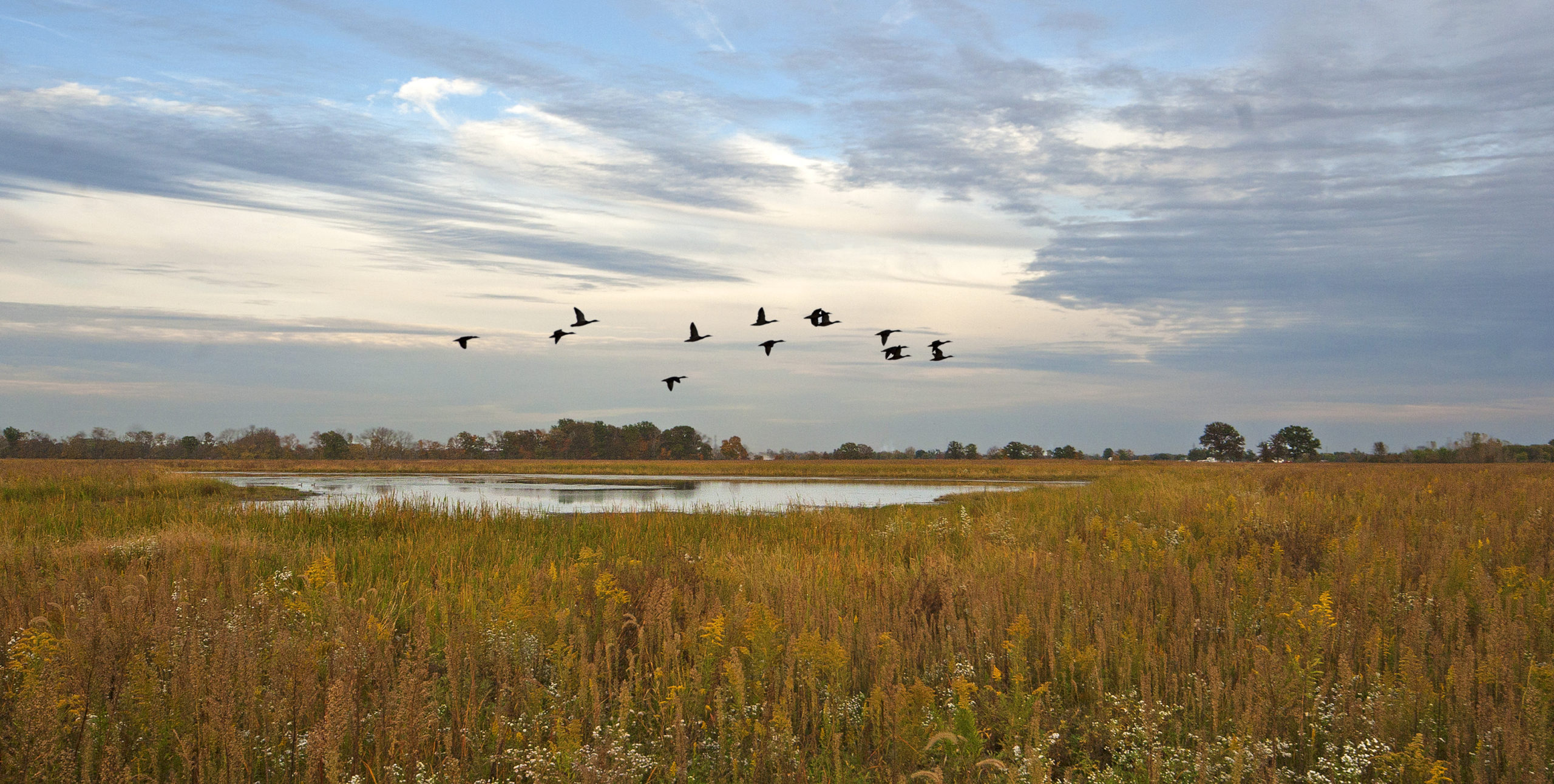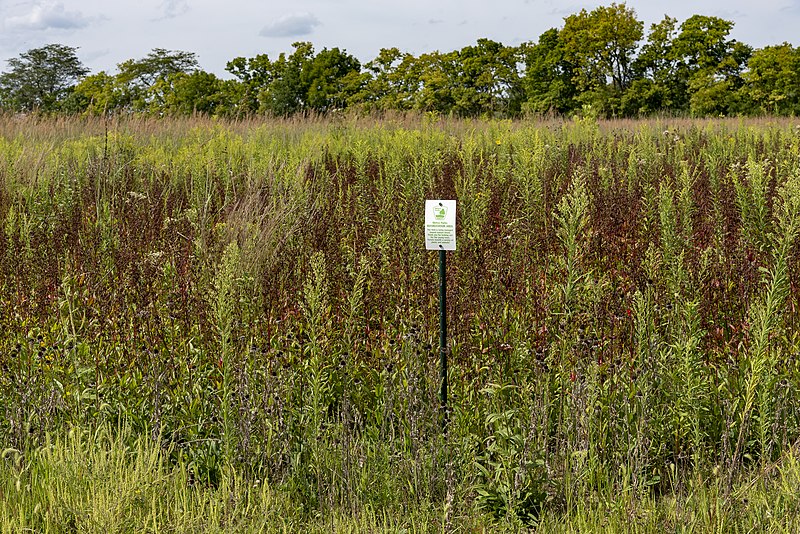CARRIE MORROW
Metro Parks Assistant Resource Manager

Metro Parks manages over 28,000 acres of park land throughout central Ohio. Multiple types of habitats are protected and actively managed to improve habitat for the benefit of wildlife and the visitors who enjoy them. While Metro Parks sometimes acquire existing, healthy forests as we increase our land holdings and number of parks available to the public, many times lands acquired need restoration efforts to help them reach the habitat’s potential. We have purchased farm ground or open fields. Parks like Scioto Grove and Rocky Fork were acquired with existing forests as a part of the original landscape of those parks. Many acres may be in agriculture or degraded habitats that would benefit from restoration. In addition, many rivers flow through central Ohio and forested river corridors are much more beneficial to the ecosystem as it supports water quality and species diversity.
In an effort to increase these forests, Metro Parks is continuing its reforestation efforts at two of our Metro Parks this fall and winter. Scioto Grove Metro Park in Grove City, opened in 2016, has a large expansive floodplain forest that you can immerse yourself in along the REI River Trail. Metro Parks is expanding the corridor into the uplands and former farm fields along the Overlook Trail. This planting will be promoting an Oak Savanna habitat and visitors will be able to view the Savanna from the Arrowhead & Hickory Picnic areas.

Battelle Darby Creek Metro Park, our largest park of more than 7,000 acres, is home to the State and Federal Scenic Rivers Little and Big Darby Creeks. Habitat restoration efforts at this park have been vast and on-going. Darby Plains prairie restoration, wetland restoration and stream restoration all help to expand the high-quality habitat in this ecologically rich region. Many reforestation efforts have occurred in the past, through grants, organizational partners and volunteers.
Metro Parks will be funding a large-scale reforestation planting in two different areas of the park this fall. This tree and shrub planting will enhance the habitat restoration that has occurred in the past including stream enhancements, invasive control and native seeding. One area is adjacent to the backpacking trail that is soon to open at the park. The second site is located at the confluence of Big Darby Creek and it’s second largest tributary, Hellbranch Run.
Trees are an investment in the future of our parks. And as it has been said, the best time to plant a tree is yesterday, the second best time is now!
